 When a battery is used, electrically charged ions travel between electrodes, causing those electrodes to shrink and swell. For some time, researchers have wondered why the electrode materials – which are fairly brittle – don’t crack in the expansion and contraction styles.
When a battery is used, electrically charged ions travel between electrodes, causing those electrodes to shrink and swell. For some time, researchers have wondered why the electrode materials – which are fairly brittle – don’t crack in the expansion and contraction styles.
Now, a team of researchers from MIT, led by ECS member Yet-Ming Chiang, may have found the answer to this mystery.
This from MIT:
While the electrode materials are normally crystalline, with all their atoms neatly arranged in a regular, repetitive array, when they undergo the charging or discharging process, they are transformed into a disordered, glass-like phase that can accommodate the strain of the dimensional changes.


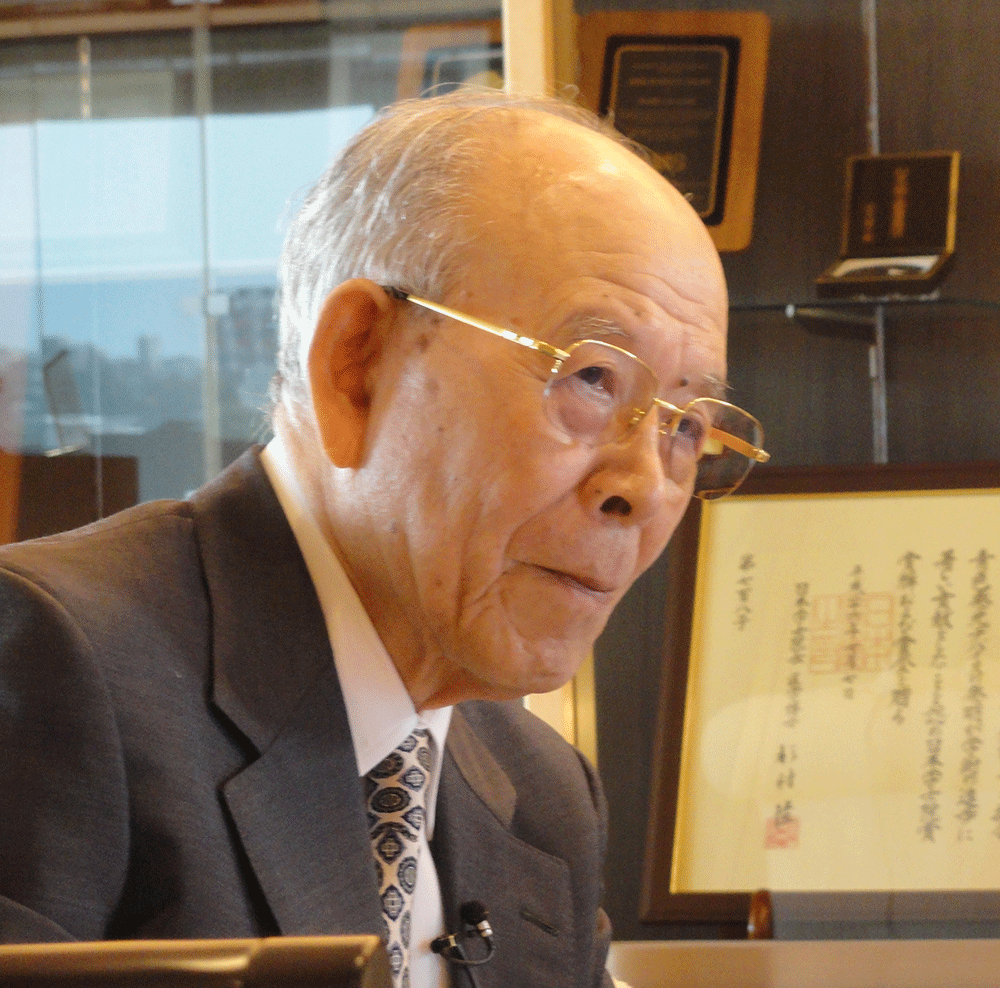 On June 8, 2016, Yue Kuo, an ECS fellow and vice president of The Electrochemical Society, traveled to the Akasaki Institute at Nagoya University in Japan to talk with Isamu Akasaki, a Nobel Prize winner and ECS life member.
On June 8, 2016, Yue Kuo, an ECS fellow and vice president of The Electrochemical Society, traveled to the Akasaki Institute at Nagoya University in Japan to talk with Isamu Akasaki, a Nobel Prize winner and ECS life member.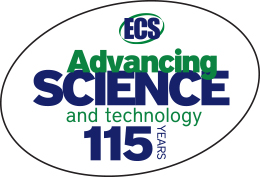 In April 1902, upon the conclusion of the Society’s first meeting in Philadelphia, the Society’s first president wrote the column below, which was printed in the Society’s first publication, explaining the rationale to form the American Electrochemical Society.
In April 1902, upon the conclusion of the Society’s first meeting in Philadelphia, the Society’s first president wrote the column below, which was printed in the Society’s first publication, explaining the rationale to form the American Electrochemical Society.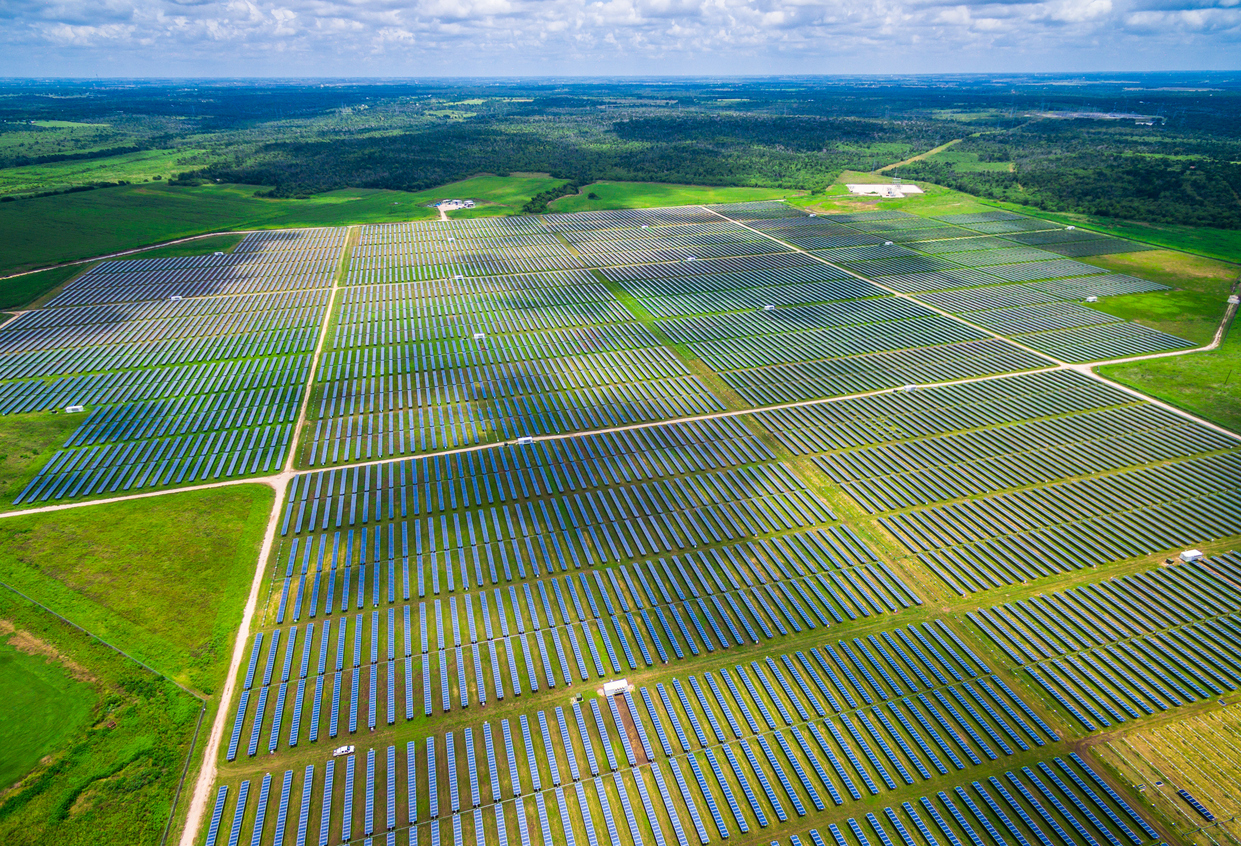 Without knowing it, most Americans rely every day on a class of chemicals called
Without knowing it, most Americans rely every day on a class of chemicals called  Volunteer for six hours at the
Volunteer for six hours at the 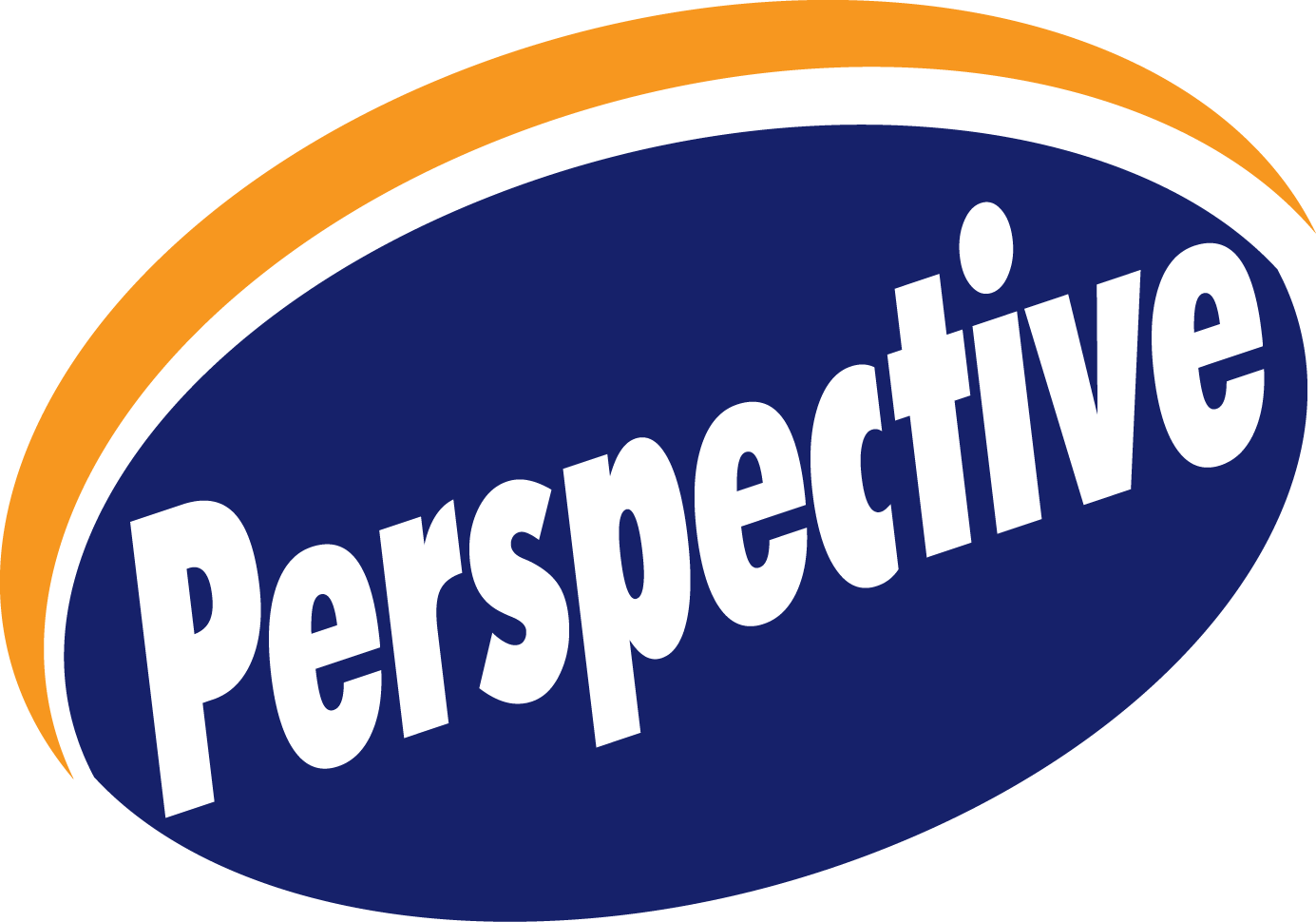 Since 1902, ECS has been at the forefront of publishing electrochemical and solid state science and technology research. For the past 115 years, the Society has been publishing high quality, peer-reviewed journals that contain the work of renowned scientists, engineers, investors, and Nobel laureates. Now, ECS is providing researchers a new avenue to offer insights into emerging or established fields:
Since 1902, ECS has been at the forefront of publishing electrochemical and solid state science and technology research. For the past 115 years, the Society has been publishing high quality, peer-reviewed journals that contain the work of renowned scientists, engineers, investors, and Nobel laureates. Now, ECS is providing researchers a new avenue to offer insights into emerging or established fields: 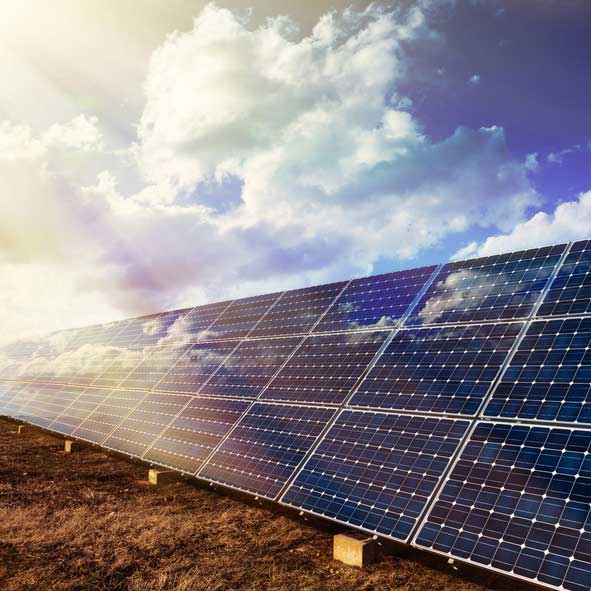 A newly created material may have the capacity to double the efficiency of solar cells.
A newly created material may have the capacity to double the efficiency of solar cells.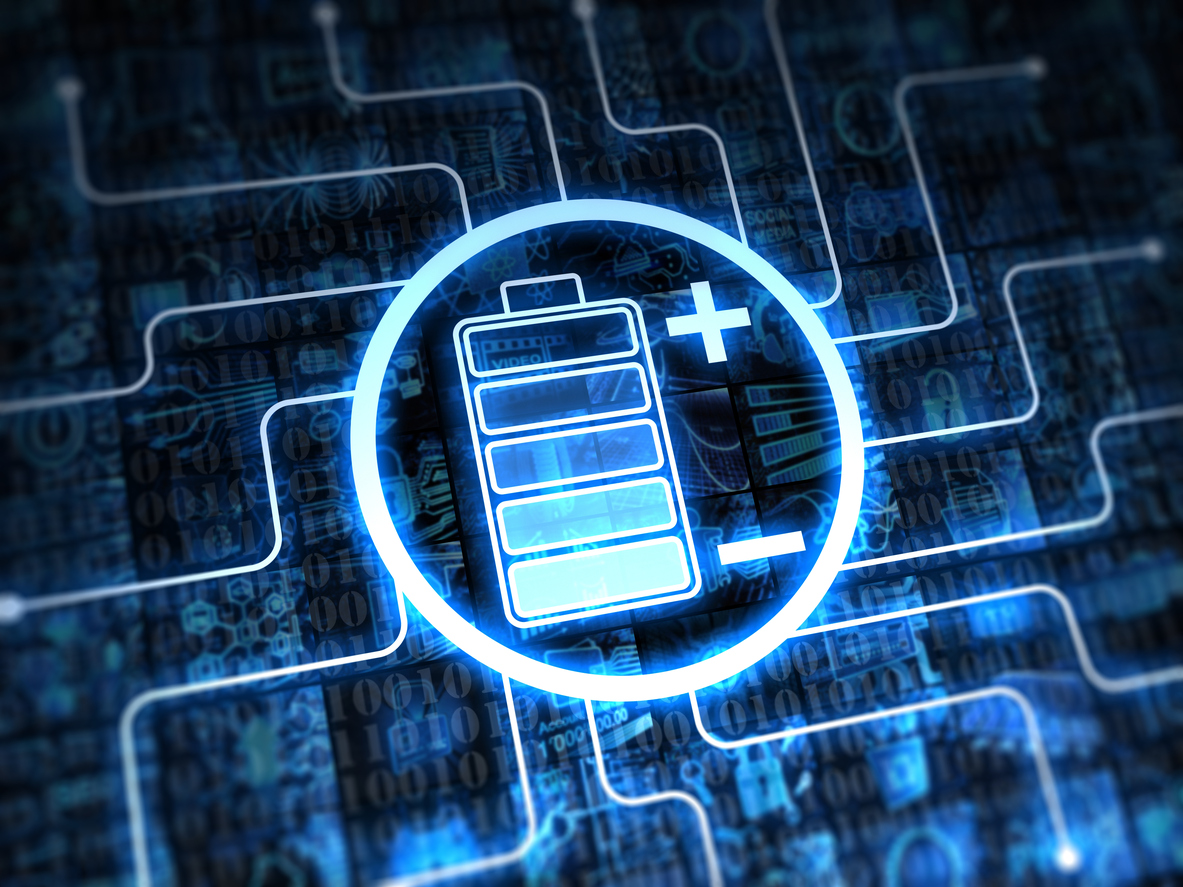 A new mathematical model may help researchers design new materials for use in high-power batteries. According to the research team, the model could benefit chemists and materials scientists who typically rely on a trial and error method when developing new materials for batteries and capacitors.
A new mathematical model may help researchers design new materials for use in high-power batteries. According to the research team, the model could benefit chemists and materials scientists who typically rely on a trial and error method when developing new materials for batteries and capacitors.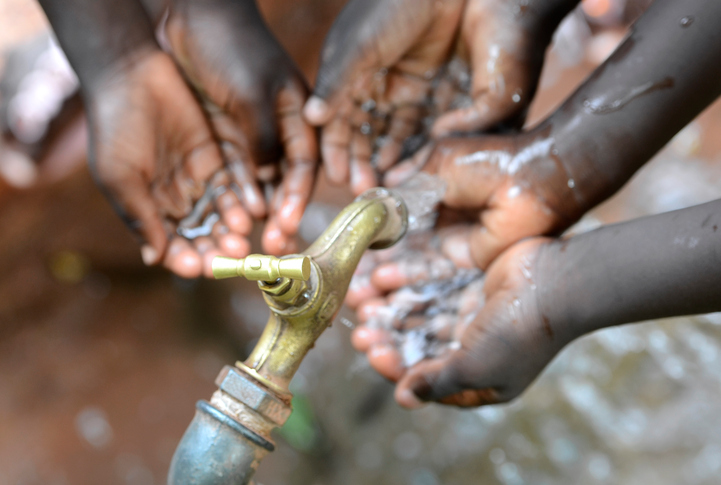 Access to adequate water and sanitation is a major obstacle that impacts nations across the globe. Currently
Access to adequate water and sanitation is a major obstacle that impacts nations across the globe. Currently